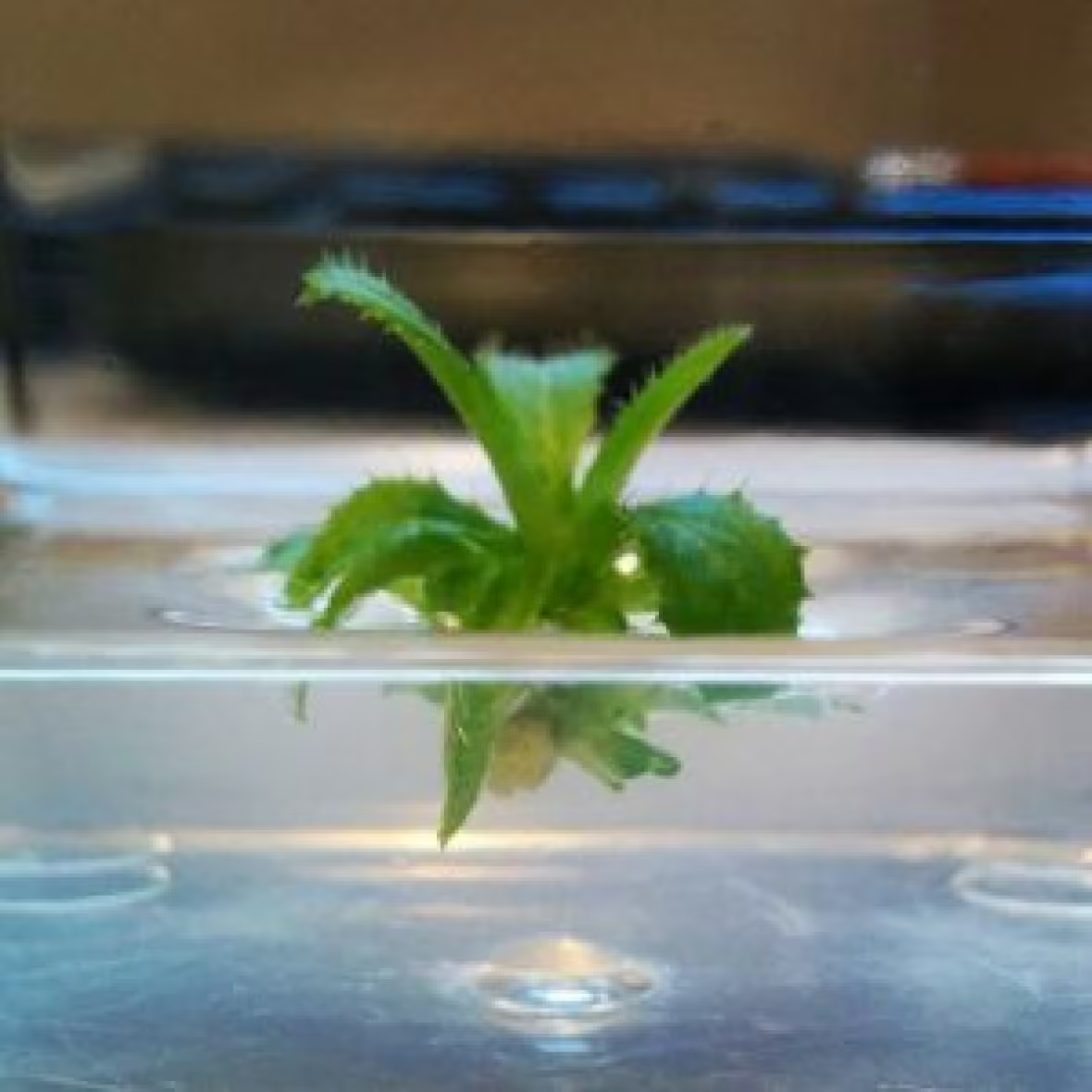From 2 seeds to 1,000 plants: Guelph lab develops threatened species rescue plan
Research at the University of Guelph aims to help revive plant populations that face threat of extinction
A project by the University of Guelph's Gosling Research Institute for Plant Preservation, also known as GRIPP, may be able to save endangered and threatened plant species by using in vitro technology to grow multiple plants in the lab from just a few source samples.
Praveen Saxena, director of GRIPP and a plant agriculture professor at the University of Guelph, and his team have been working to restore an endangered plant called Hill's Thistle using in vitro methods.
In vitro technolgy serves two purposes, Saxena said. First, researchers have the advantage of immediate multiplication of plants, which can then be planted back into nature.
With two seeds of Hill's Thistle, we made more than 1,000 plants now," he said.

HIll's Thistle (Cirsium hillii)
- Classified as "threatened" by the Ontario government.
- A perennial thistle that grows to a height of 25 to 60 centimetres.
- Soft stems covered with fine hairs. A few smooth or slightly hairy leaves taper to the tip.
- Some branches near the top of the stem produce one or several large flowering heads with tiny pink-purple and on rare occasions white, flowers.
- Plant base has flat spiral of long oval-shaped leaves.
- Is eaten by white-tailed deer but appears not to have commercial or medicinal usage.
Source: Ontario.ca
Second, researchers can preserve plant tissue in a cryo bank, giving them the ability to bring plants back at any time, multiply them and plant them back.
"This type of research really enables us to help and assist parks and other botanical institutes to revive the [plant] population they believe are going to be extinct or are facing the threat of extinction," he said.
Monitoring plants
GRIPP has been working with Parks Canada to restore Hill's Thistle. In early June, they planted 150 thistles in the Bruce Peninsula National Park to celebrate Canada 150.
The team selected 12 sites, all different in their terrain, to plant the thistles. They will monitor the plant growth and compare them with wild samples that are already established.
So far, 149 of the 150 are thriving. GRIPP will be planting another 150 Hill's Thistles on July 18 and hope to be able to use in vitro technology to preserve other endangered species.
"We feel very excited and very happy that the [Hill's Thistle] model illustrates that you can take plant species from protected environment, bring it to the lab, propagate it and plant it back, which means we can apply this model to a number of other species that really need help at this time," he said.